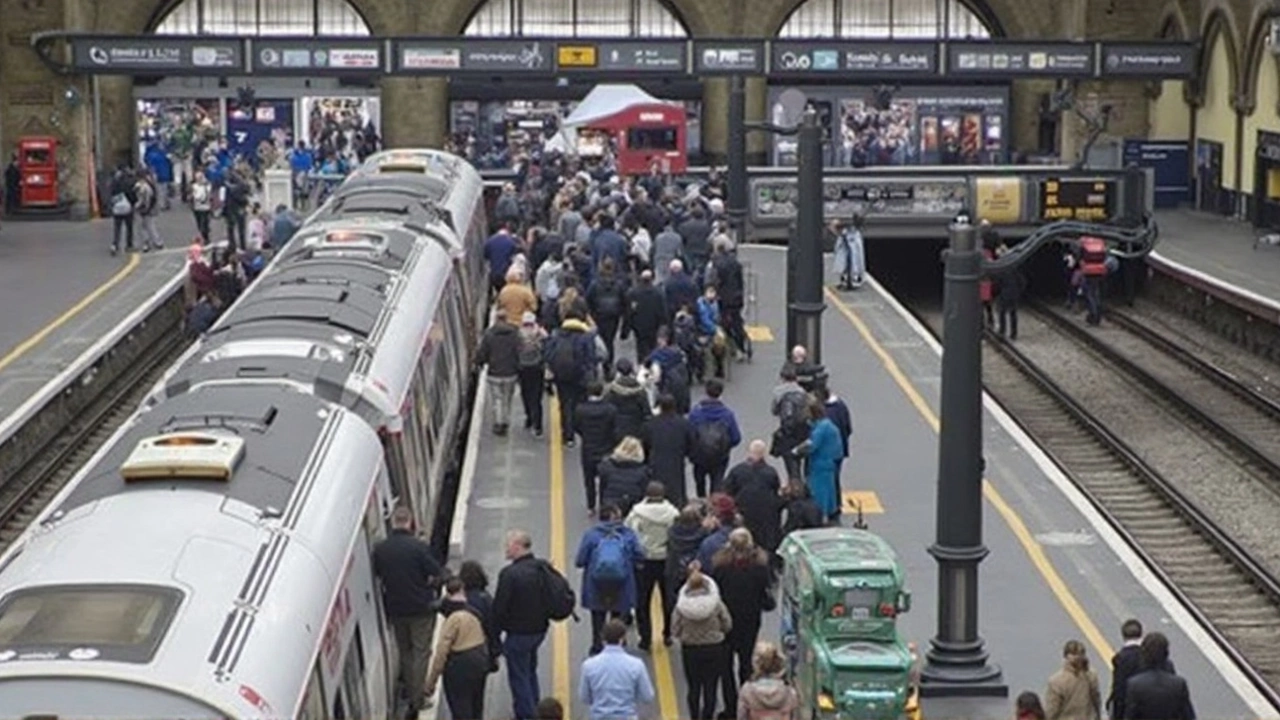Transport News: What Happened at King's Cross and Why It Matters
If you rode the London rail network on the evening of May 1, 2025, you probably remember the chaos at King’s Cross. A safety issue forced an evacuation right in the middle of rush hour, stopping trains for more than an hour and a half. This article breaks down what went wrong, how it affected commuters, and what you can learn for future travel.
Why the Evacuation Happened
At 5:45 pm, staff detected a problem on one of the main platforms. The exact nature of the issue hasn’t been released, but it was serious enough to trigger an emergency evacuation. Safety crews moved quickly, clearing passengers from the station and halting all Great Northern and Thameslink services. The decision to stop trains wasn’t taken lightly – keeping people on board could have turned a dangerous situation into a disaster.
During the 90‑minute shutdown, announcements kept commuters informed, and updates were shared on social media using the hashtag #LondonKingsCross. While the delay was frustrating, the priority was clear: keep everyone safe.
Impact on Commuters and How to Stay Ahead
For regular riders, the disruption meant missed connections, late arrivals at work, and rushed trips home. If you’re planning travel on a busy line, a few practical steps can help you avoid similar headaches:
- Check real‑time service updates before you leave. Apps like the official Transport for London (TfL) app give instant alerts.
- Have a backup route in mind. Knowing an alternative station or bus line can save minutes.
- Give yourself extra time during peak hours. A 10‑minute buffer can mean the difference between a smooth commute and a stressful scramble.
Even if you’re not a daily commuter, the incident is a reminder that transport systems can be vulnerable. Staying informed and flexible is the best way to keep your plans on track.
Transport news isn’t just about one event; it’s about patterns that affect how we move around cities. The King’s Cross evacuation highlighted a few key points that apply to any rail network:
- Safety first. When a station shuts down, it’s because the risk outweighs the inconvenience.
- Communication matters. Clear updates reduce panic and help passengers make smarter choices.
- Infrastructure resilience. Agencies need backup systems and contingency plans to keep services running when something goes wrong.
Keeping an eye on these factors can help you better understand the transport landscape and navigate disruptions with less stress.
At Paddock F1 Racing, we cover more than just motorsport. Our transport category brings you the latest news, analysis, and practical tips for everyday travel. Whether you’re a commuter, a road‑trip enthusiast, or just curious about how cities move, you’ll find content that’s useful and easy to digest.
Got a story about a transport hiccup you’d like us to cover? Drop us a comment or send a tip. We love hearing from readers who want to stay ahead of the curve. Stay safe, stay informed, and keep moving forward.

King's Cross Station Evacuated During Rush Hour After Major Disruption Hits London Rail Services
London’s King's Cross station was thrown into chaos during the May 1, 2025 evening rush hour, as a safety issue forced an evacuation and halted trains for over 90 minutes. Great Northern and Thameslink services faced major delays, with updates shared using #LondonKingsCross.
View more